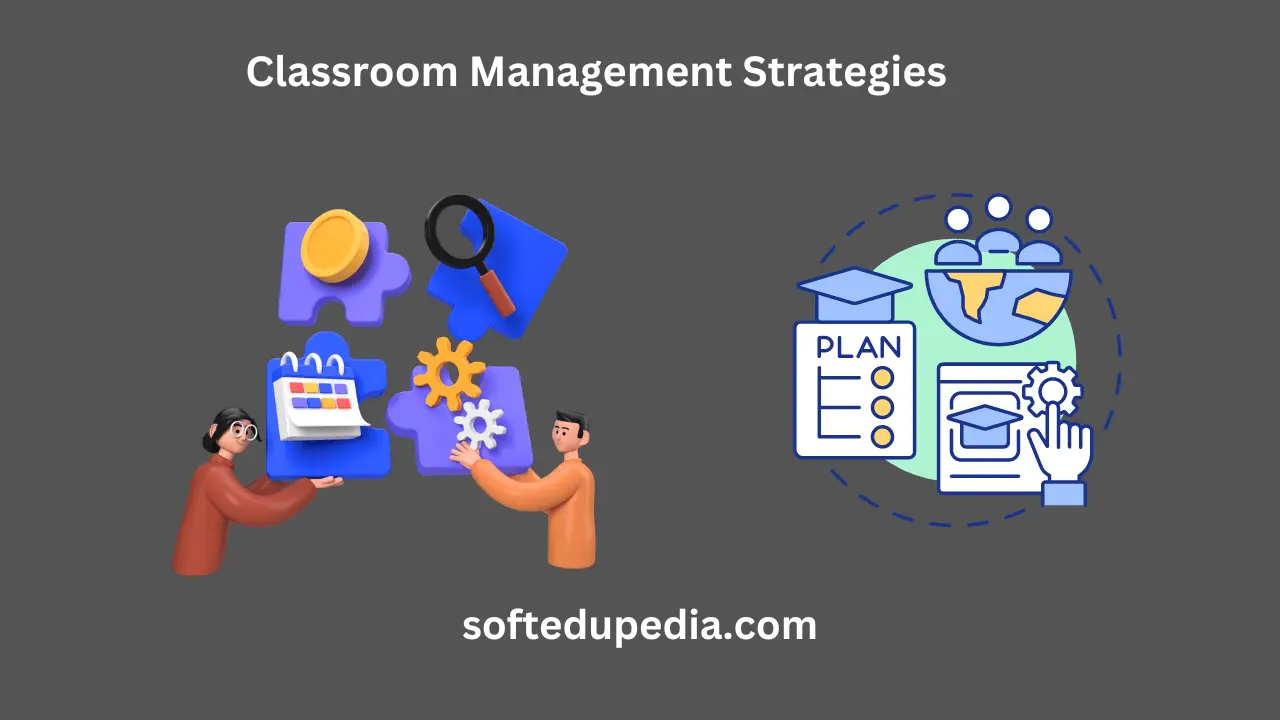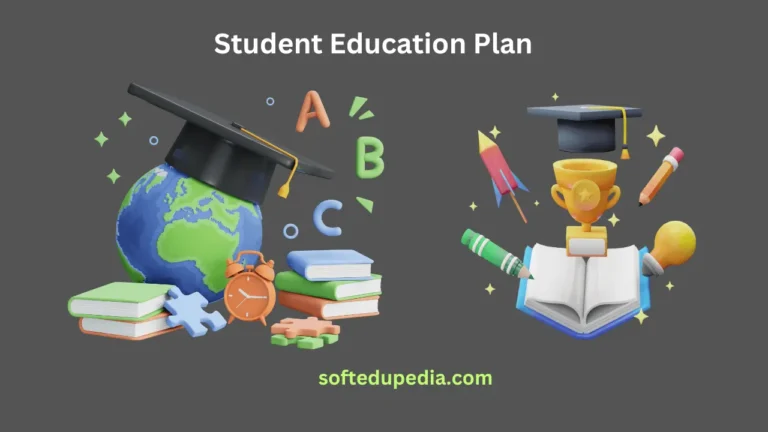Classroom Management Strategies: A Comprehensive Guide
Good teaching and learning depend critically on classroom management. It includes the methods teachers use to provide a disciplined setting that supports good behavior, interaction, and learning results. Well-run classrooms not only improve student performance but also decrease interruptions, therefore freeing instructors to concentrate on providing high-quality education and meeting individual student needs.
One cannot stress the need of classroom management techniques. Effective application of these techniques results in a more harmonic and productive classroom environment in which kids feel inspired to engage, safe, and valued. Mastering classroom management helps teachers create routines and expectations that empower their students using their awareness of the social and emotional dynamics inside their classroom.
Moreover, the necessity of flexible management techniques is critical as classrooms become more varied. Teachers have to be armed with instruments that not only solve different behavioral issues but also advance student inclusiveness and fairness. This manual will look at key classroom management techniques that provide the basis for building a good learning environment for everyone.
What is Classroom Management?
Classroom management is the method teachers use to keep a courteous, interesting, and effective classroom. It covers several facets, including the arrangement of the classroom, the formulation of policies and practices, and the evolution of teacher-student relations. Good classroom management helps to establish an environment where students may concentrate on their studies with little disturbance, therefore enabling the best possible learning conditions.
Why Effective Classroom Management Matters
One cannot stress the need of good classroom management. It profoundly affects behavior and results of student learning. Important for student involvement are safety, respect, and academic focus—all of which a well-run classroom promotes. Effective management strategies can also help to lower disruptive behavior rates, therefore freeing teachers to spend more time teaching and less time punishing misbehavior. In the end, kids who feel safe and valued are more likely to participate actively in their education, therefore improving their academic results.
Top Classroom Management Strategies
Building Positive Teacher-Student Relationships
Effective classroom management depends on solid, good connections between instructors and students. Students who admire and relate to their professors are more likely to participate in the learning process and follow classroom rules. Establishing these bonds calls for regular communication, sincere interest in the lives of the students, and an attempt to grasp their particular needs and feelings. Simple gestures like memorizing names, appreciating pupils’ abilities, and offering helpful criticism will help to build rapport and confidence greatly.
Moreover, establishing a situation whereby students feel free to express their ideas and emotions promotes honest communication. Incorporating events that encourage social contact and teamwork—such as group projects or cooperative learning activities—allows teachers to help support this. Teachers may properly reduce disciplinary problems and improve students’ whole academic experience by encouraging a good classroom environment anchored on respect and empathy, therefore opening the door for a concentrated and harmonic learning environment.
Managing Classroom Behavior with Clear Rules
Effective classroom management depends critically on well-defined guidelines and expectations. Well defined rules help students to understand what is expected of them in different circumstances and offer them a road map for appropriate behavior. Clear, consistent rule communication increases pupils’ likelihood of following them, therefore promoting disciplined and tidy surroundings. Students should be included in the rule-setting process as it helps them to feel responsible and accountable, which increases their will to keep the classroom environment friendly.
Apart from guidelines, following daily activity patterns would help greatly improve classroom control. Students can concentrate better on their learning when they know what to expect and how to move naturally between assignments. This consistency not only helps to minimize disruptions but also aids kids with different needs since well-defined systems may lower uncertainty and anxiety. Teachers may maximize instructional time and foster polite interactions by working together to develop norms and procedures.
Promoting Student Engagement Techniques
Maintaining an efficient classroom where learning blossoms depends on encouraging student involvement. Engagement strategies can include interactive lectures, practical exercises, and technological integration to improve the learning process among other forms. Teachers provide chances for every student to engage actively when they mix many teaching approaches that appeal to different learning types. This not only facilitates better knowledge absorption by pupils but also encourages classroom passion and a sense of belonging.
Giving pupils alternatives in their education may also greatly boost their dedication and drive. Students take responsibility for their learning process when they are let to choose subjects for projects or approaches for proving their knowledge. Along with increasing involvement, this autonomy develops critical thinking and problem-solving ability. Teachers may increase classroom interactions by giving student involvement top priority through dynamic teaching strategies and empowering decisions, therefore producing better results for all the students.
Conflict Resolution Strategies for Classrooms
Classroom dynamics naturally include conflicts; yet, using good conflict resolution techniques helps to lessen their effects. Encouragement of honest communication and instruction on how to politely handle differences help to create a cooperative atmosphere for students. Role-playing situations and other strategies assist students develop these abilities, therefore guiding them toward constructive resolution of any disagreements. Moreover, encouraging empathy and attentive listening improves connections between people and helps to create a supportive community by thus lowering misconceptions.
The Role of Consistency in Classroom Management
Classroom management depends most on consistency as it creates a predictable and trusting atmosphere. Uniform application of rules and procedures helps kids to grasp the expectations and feel more safe in their classroom. This constancy helps pupils to self-regulate their actions and increases their respect for authority. Teachers may create a consistent and fair classroom by quickly addressing transgressions and upholding the same standards all through the academic year.
Creating a Safe and Inclusive Learning Space
For every pupil, a secure and inclusive classroom is essential. Utilizing their management strategies, teachers should aim to foster diversity and equity. This involves deliberately overcoming prejudices and making sure every student feels appreciated and accepted. A supportive environment results from including many points of view within the curriculum, honoring cultural diversity, and using anti-bullying techniques. Encouragement of diversity helps teachers enable every student to express themselves without regard to criticism and engage in conversations.
Encouraging Student Accountability and Ownership
Encouragement of a feeling of responsibility among students helps them to own their actions and knowledge. Teachers can do this by including students in procedures connected to their classroom agreements and learning objectives. Giving students chances for self-evaluation and introspection helps them to be more autonomous and inclined to take satisfaction in their successes. Celebrating effort and progress helps students develop a fixed mentality that inspires them to go for their personal best and help their learning community.
Additional Classroom Management Techniques
Enhancing Classroom Communication
Good classroom control mostly depends on effective communication. Establishing standards for polite and efficient communication among students and between students and instructors promotes mutual respect. Clear communication of standards about language, tone, and timing throughout conversations helps to keep the classroom in good shape. Open-door rules and frequent check-ins help students express their ideas and worries, therefore fostering a cooperative environment in which everyone feels heard.
Utilizing Technology for Classroom Control
Including technology will help classroom management greatly. Different tools can improve the teaching process: classroom management systems, applications for monitoring behavior, and instructional platforms among others. These tools help teachers to track student development properly, simplify group projects, and ease communication. Teachers may include students in creative ways by using digital tools while also keeping the classroom orderly and targeted.
Techniques for Smooth Transitions Between Activities
Maintaining classroom momentum depends on carefully timing changes between tasks. Countdowns, visual clocks, or signals help students be ready for changes ahead so they stay involved during these transitions. Clear directions and a demonstration of the following task will assist to reduce downtime and maintain student concentration. Establishing patterns for transitions also helps pupils to know what to anticipate, therefore lowering anxiety and improving classroom efficiency.
Common Challenges in Classroom Management
Addressing Disruptive Behaviour
Although disruptive behavior in the classroom presents difficulties for teachers, it is controllable with good plans. To solve the underlying cause of the behavior, one must first find triggers causing disturbances. By using preventative strategies including proactive monitoring and instructional programs, one can try to minimize such disturbances before they become more serious. Furthermore, it’s important to react to disturbances often and keep a good and constructive attitude to make sure every kid feels responsible for their activities.
Strategies for Reducing Classroom Noise Levels
A good learning environment depends on the noise level in a classroom being controlled. Strategies like setting noise level expectations, employing visual noise indicators, and designating locations for group work can help to greatly lower undesired noise. When suitable, teachers might also include exercises requiring solitary work followed by group talks, therefore providing times of deliberate stillness. Encouragement of students to self-monitor their volume and polite warnings can improve the general environment of the classroom even more.
Conclusion
To create a good learning environment, then, good classroom management techniques are important. These strategies can help teachers greatly improve student involvement, lower behavioral problems, and create a conducive environment whereby every kid may flourish. Teachers should consider and modify their management techniques based on their particular classrooms as the effects of well-considered plans can result in long-term academic achievement for every pupil. Therefore, it is important to keep investigating and using several strategies to support a harmonic and effective classroom.
Teachers may design a classroom that not only promotes academic development but also personal development for every student by using the correct techniques and perspective. Teachers have an ongoing duty to work toward establishing a secure, inclusive, and supportive environment in which every pupil feels appreciated and free to realize their best potential.






